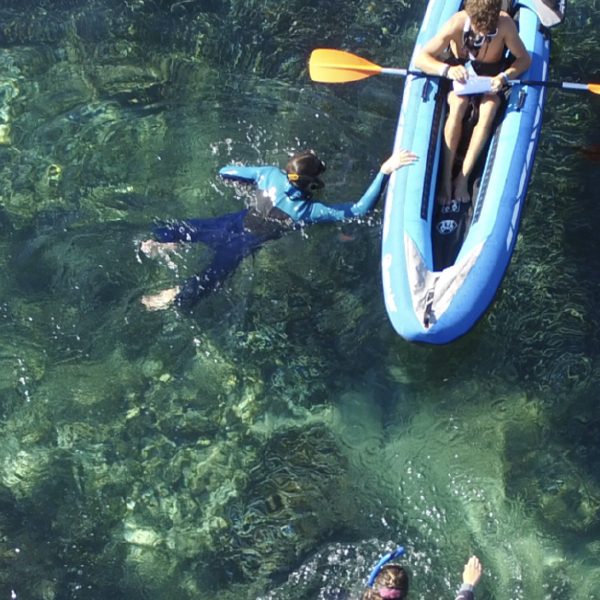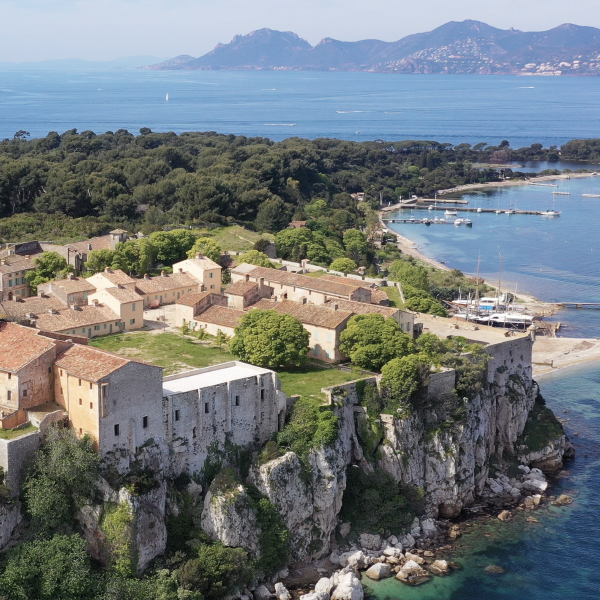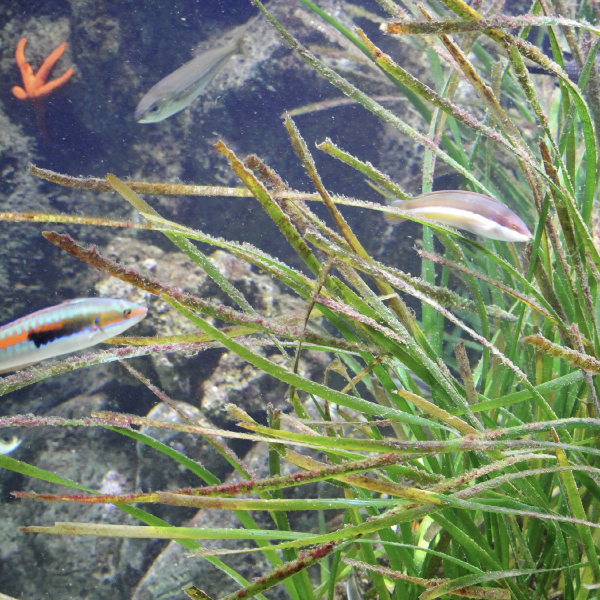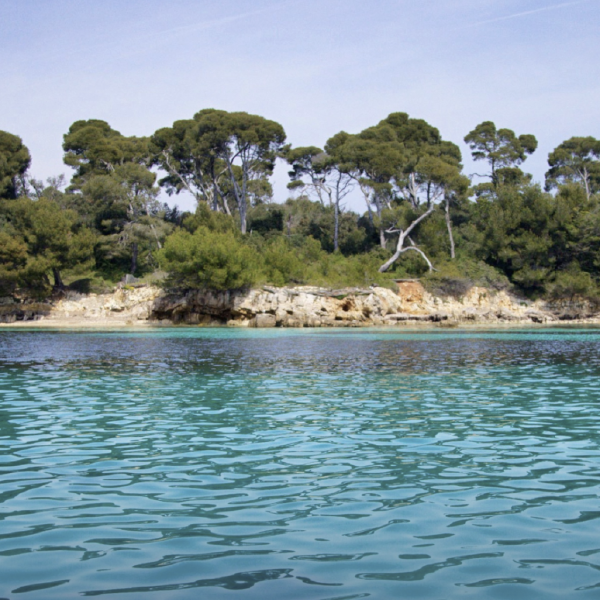MSc Ocean Science, Conservation & Innovation
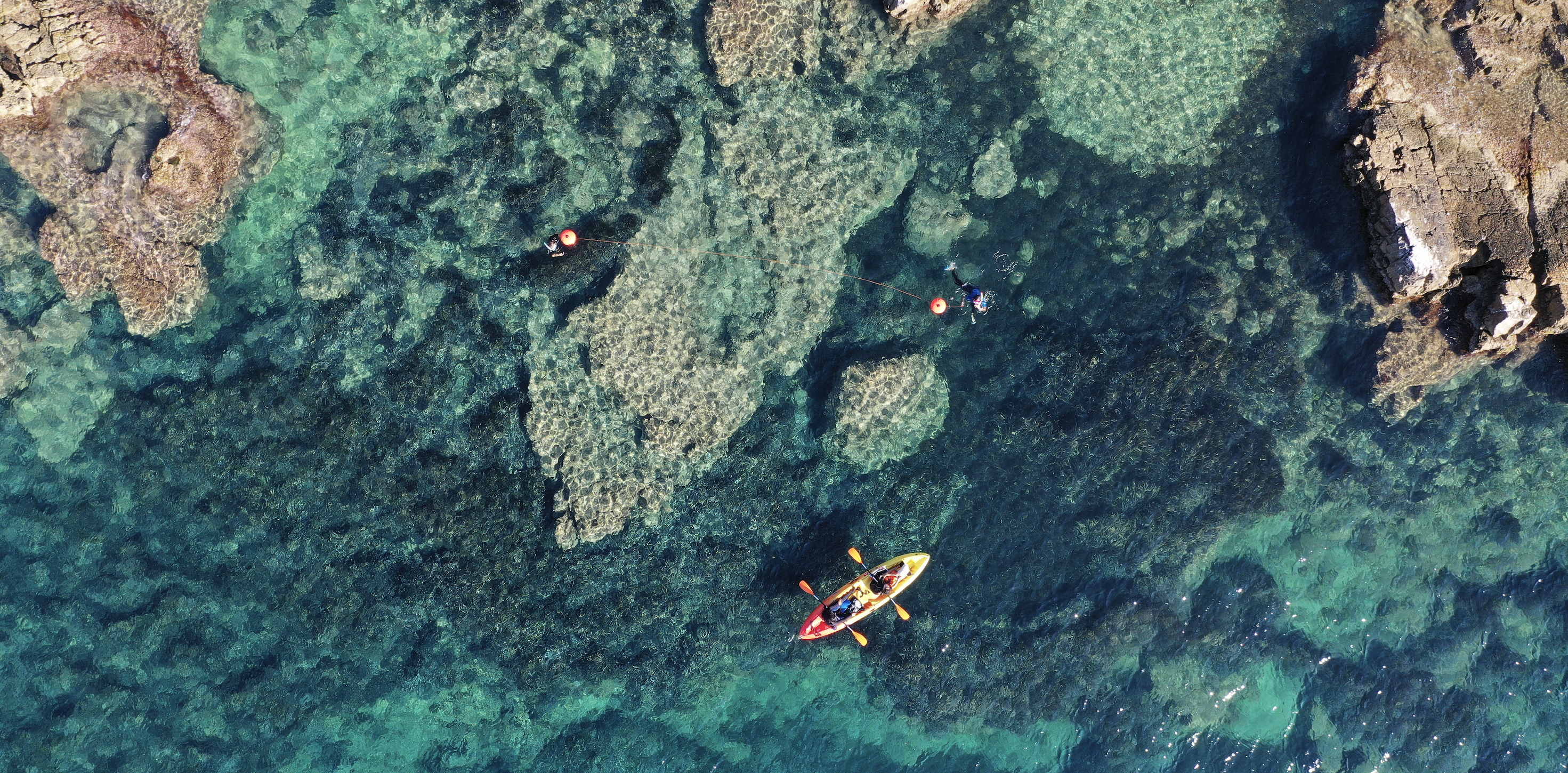
A group of student observers on a station
The Leg 1 (historic monitoring)
The observers, mostly students of the MARRES master program at Université Côte d'Azur, collect biological and physical data at sea around the islands during the September operations. Wearing fins, masks and snorkels, they record the abundance of different species in the 60 observation stations evenly distributed around the islands.
Back on land, they analyze these data as part of their courses and present their results at the end of the year in front of a jury composed of professors, scientists and associative actors. Afterwards, the most motivated students deepen their analyses and prepare, with the members of the jury, annual reports as well as communication tools for different audiences.
What is a sampling?
The idea of 'inferential' statistics is to study a whole from a sample of it. 100 years ago, William Gosset understood this very well. Tasked with studying the quality of Guinness beers, it would have been very risky to try to test them all. The strategy chosen is to count the number of individuals of each species in a 10m x 3m area. This is called an observation station. 60 stations of 30m2 are thus distributed every 200m along the coast.
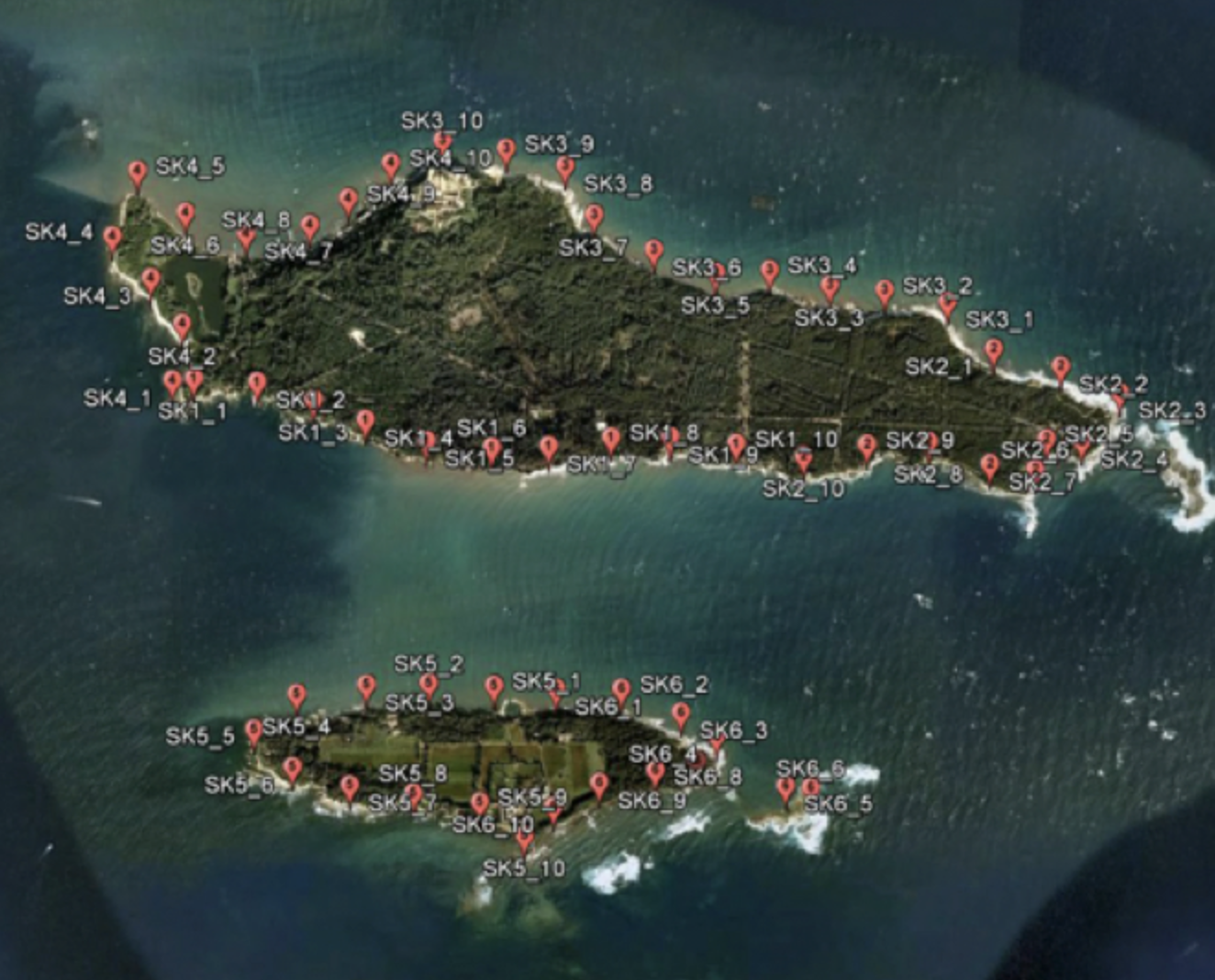
Organisation in the field
Since 2012, 6 groups share the work every year, each responsible for 10 stations. Following a strict protocol, the students count the number of individuals of each species at each station. They also record all the environmental elements (type of bottom, possible anthropic pressure, etc.).
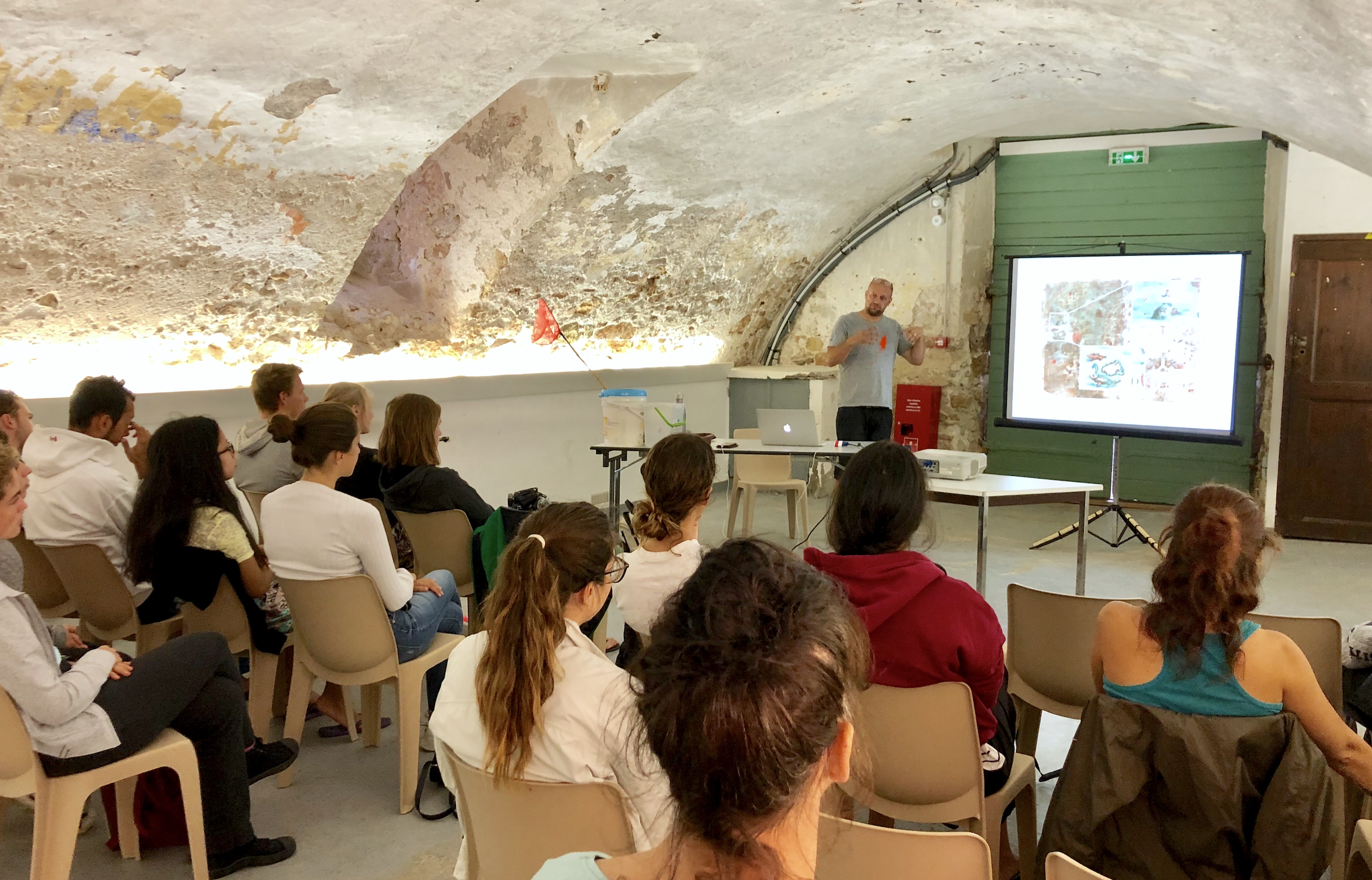
General briefing on the islands
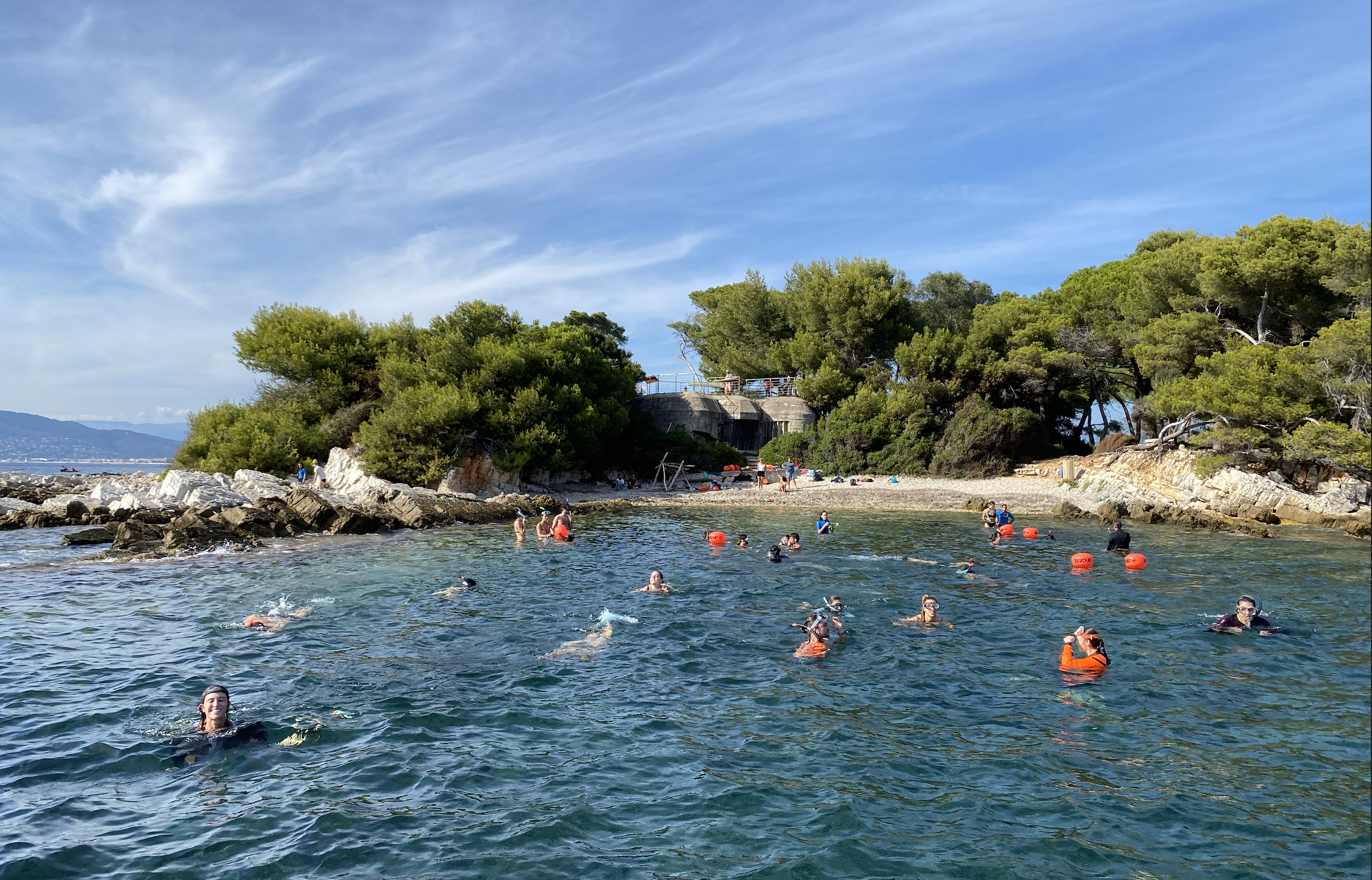 Training session to test the material... and the observers
Training session to test the material... and the observers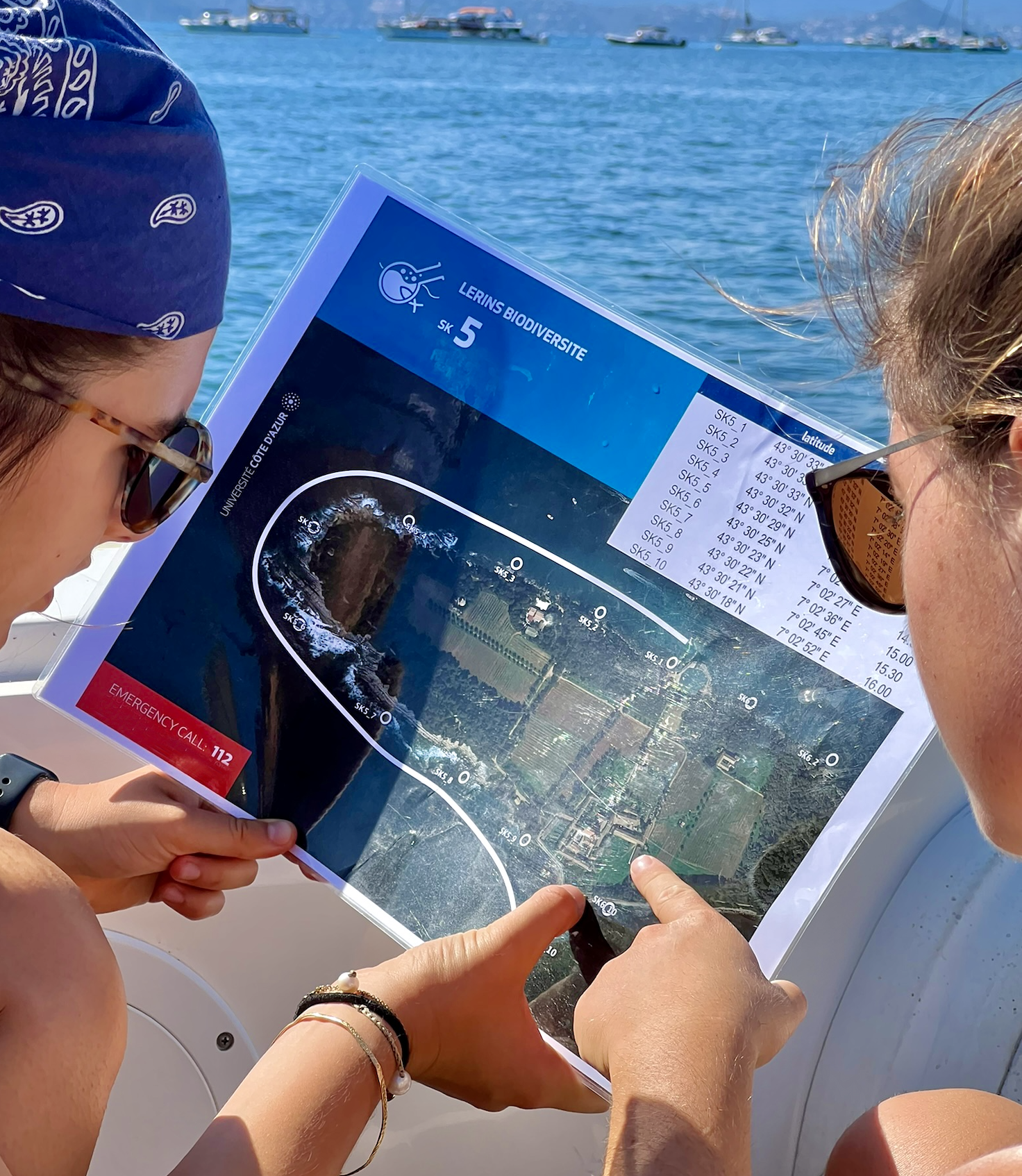
Recon session to identify the different sites and learn how to locate them
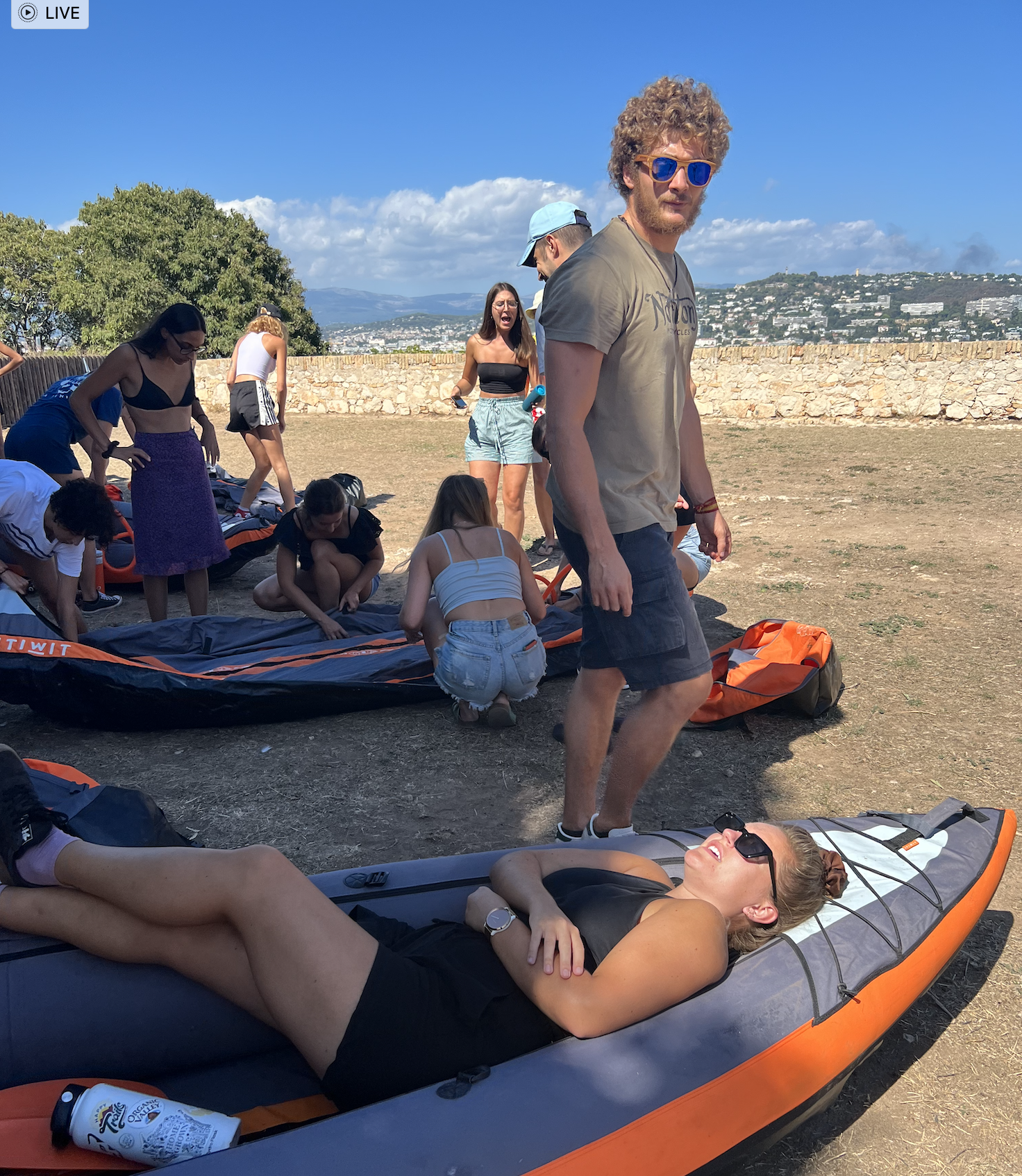
Preparation of the material leaded by the Y2s
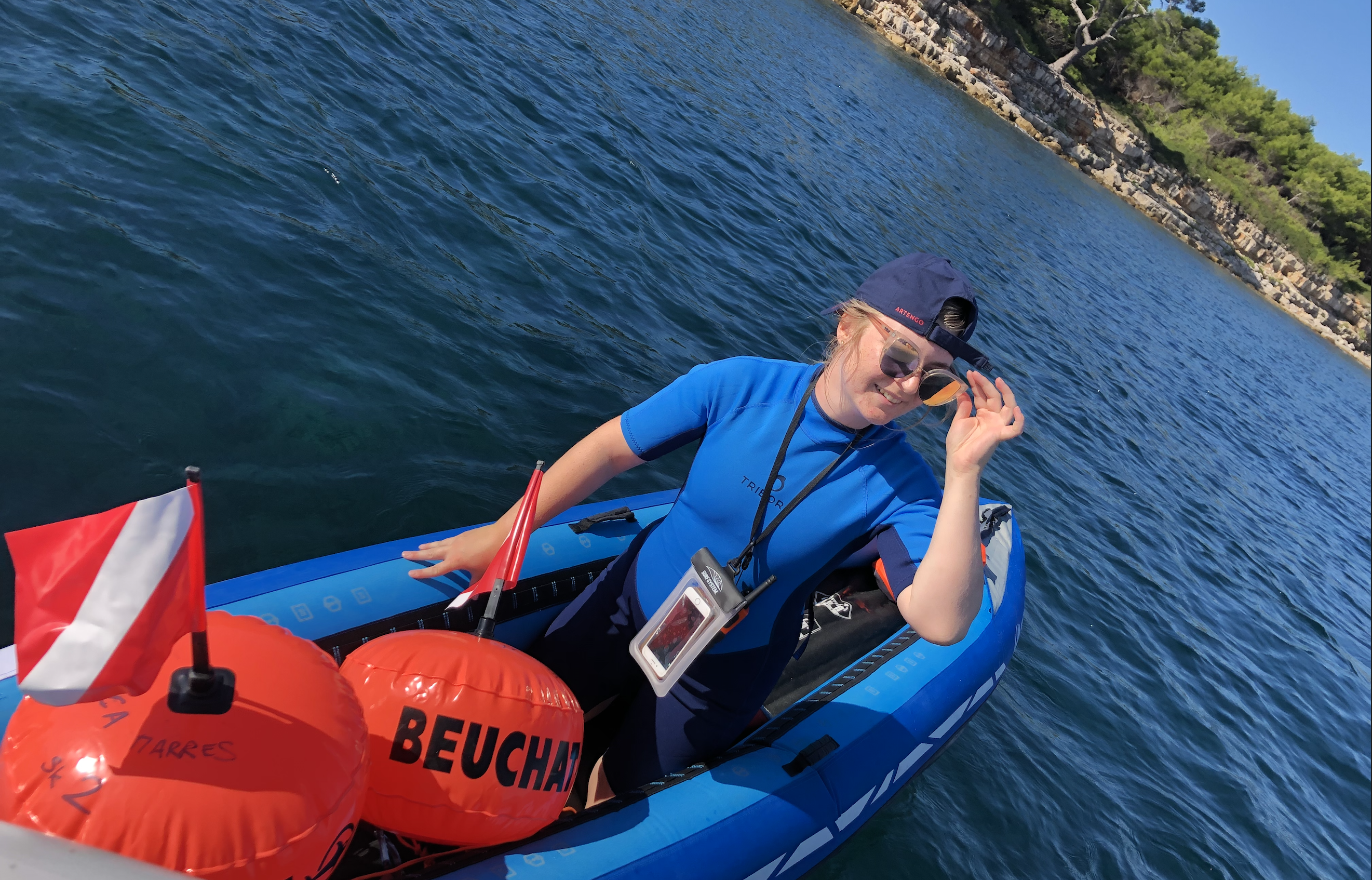
The different teams get in position to start leg 1
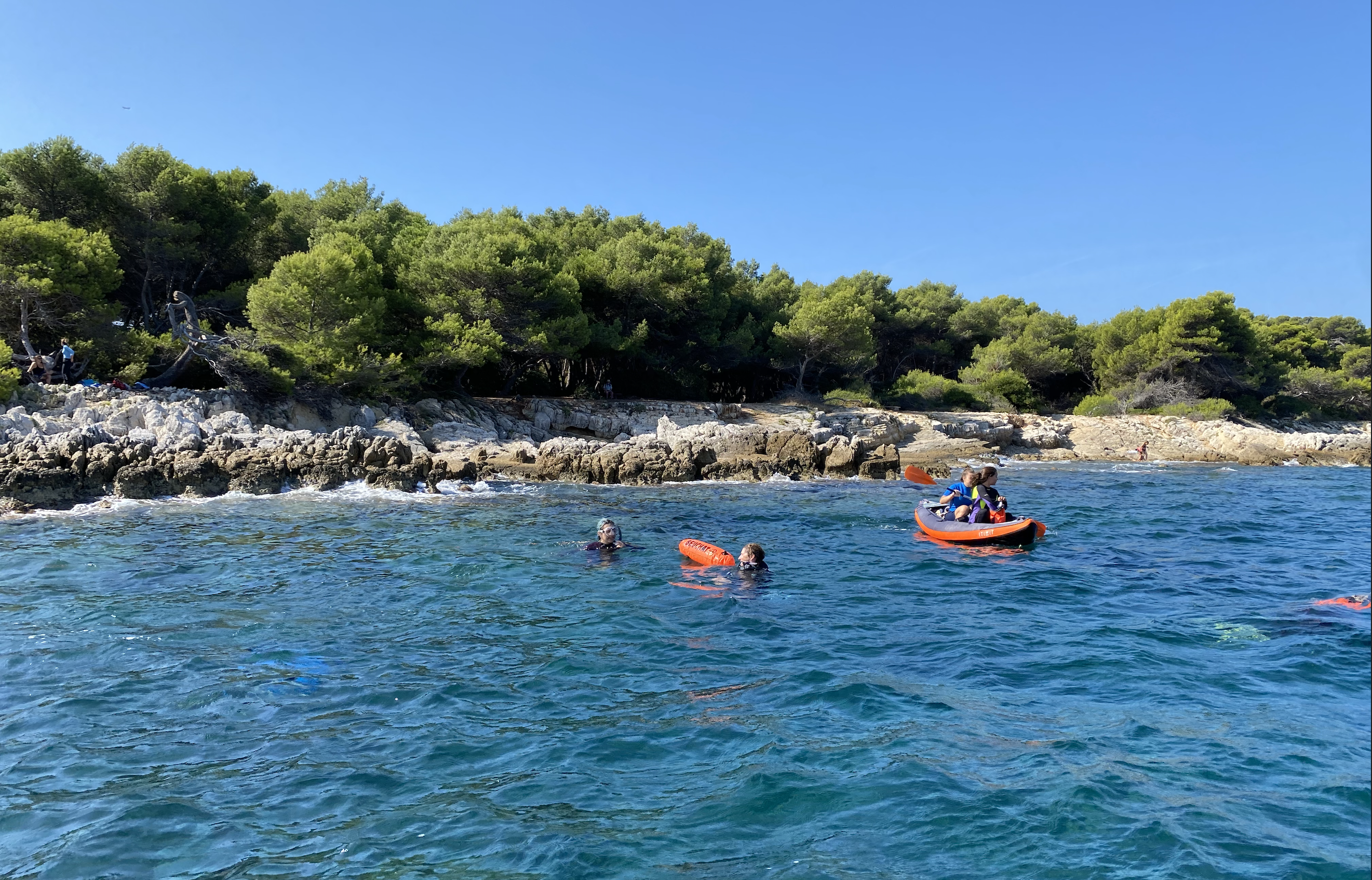
During the operations of leg 1
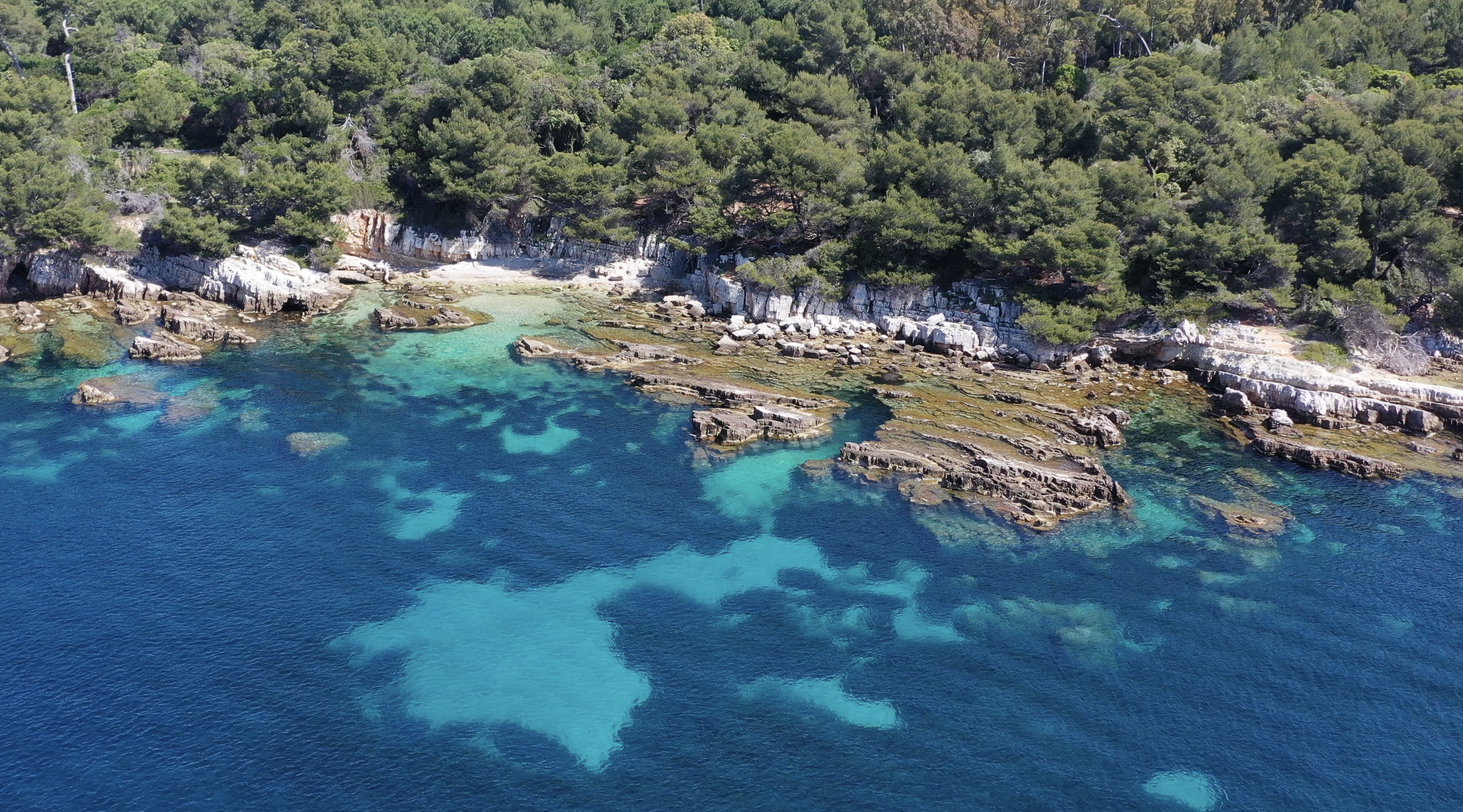
The leg 1 focus on the shoreline biodiversity, between 1 to 3m deep, like a normal snorkeler would do.
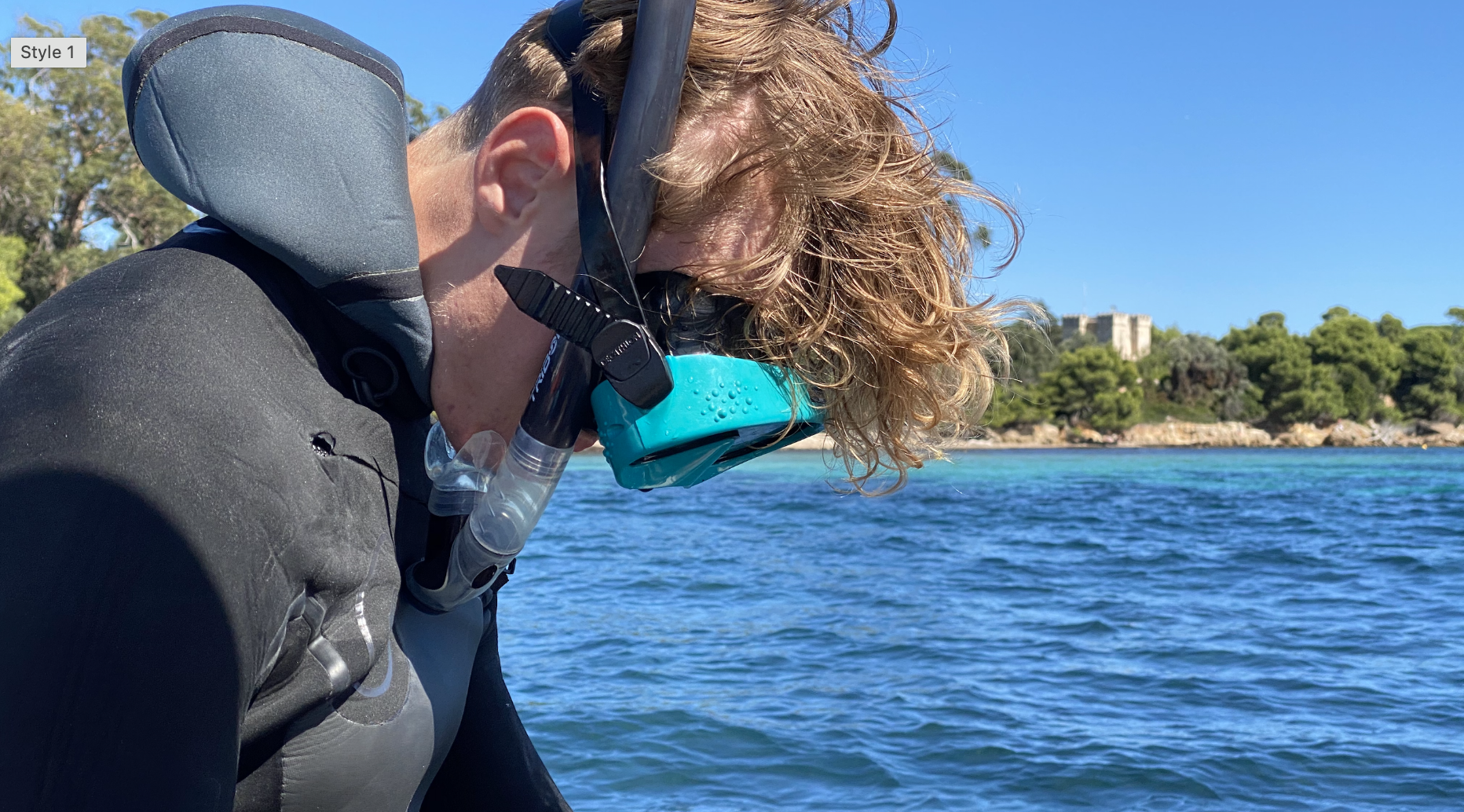
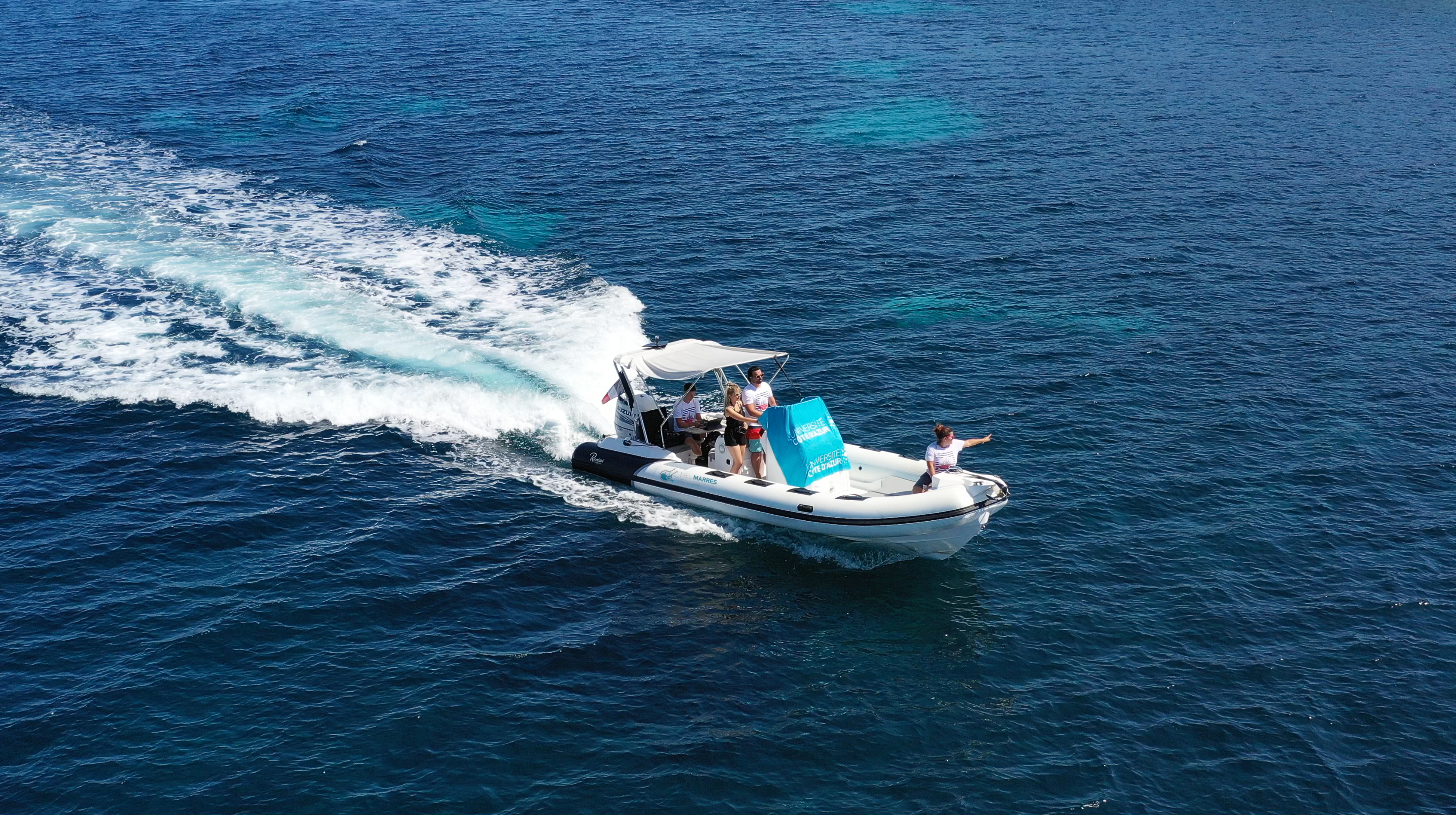
Happy staff supervising the students
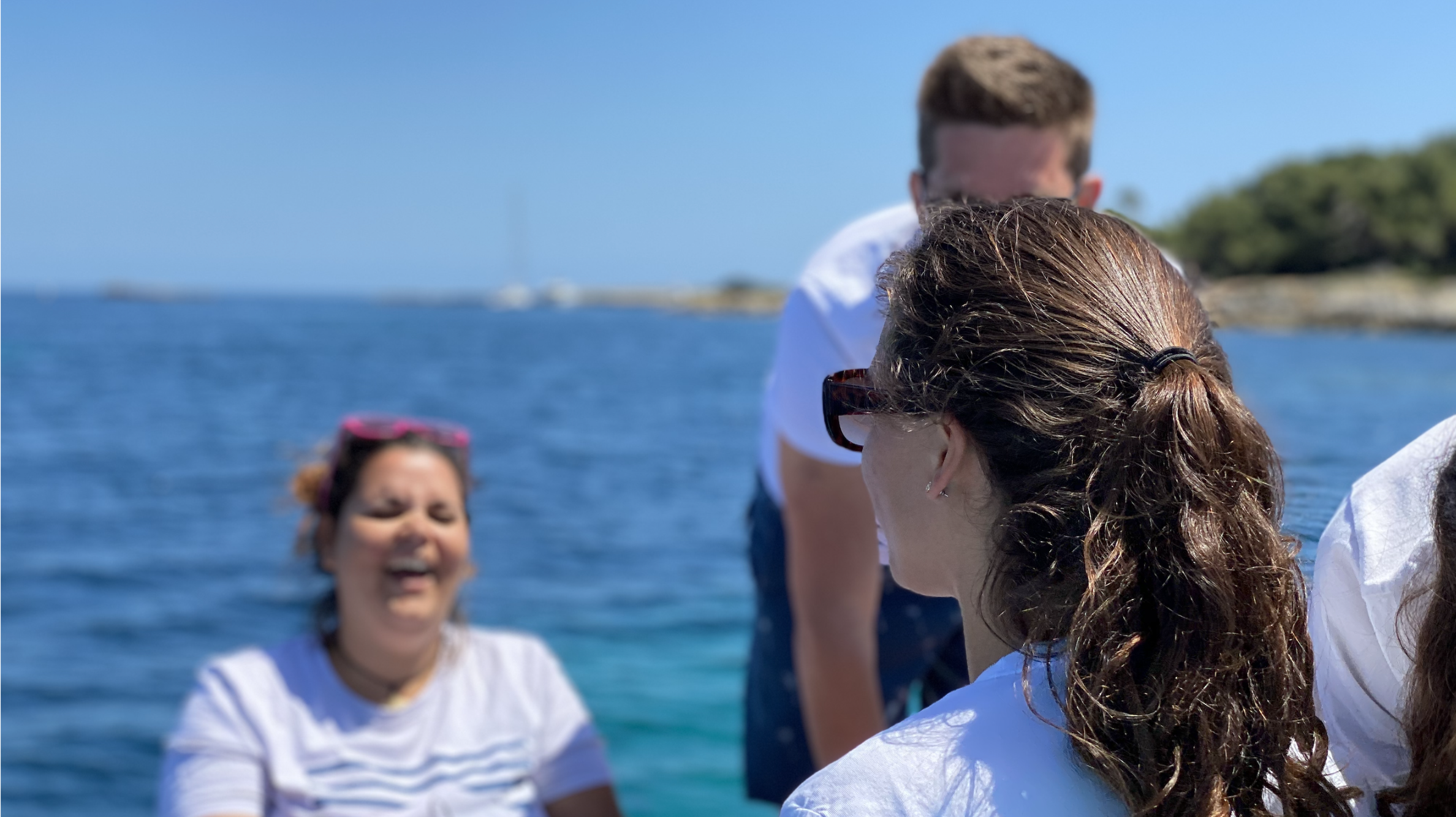
The leg 2 (new missions)
In parallel to the leg 1 started in 2012, students test other research hypotheses that the "veteran" Year-2 students imagine for their Year-1 fellows, such as testing new methods (like adapting our method for citizen science, or using drones and ROVs) and quantifying human impact on the ecosystem (like boat and beach activity, fish farm, restaurants and shipyard).
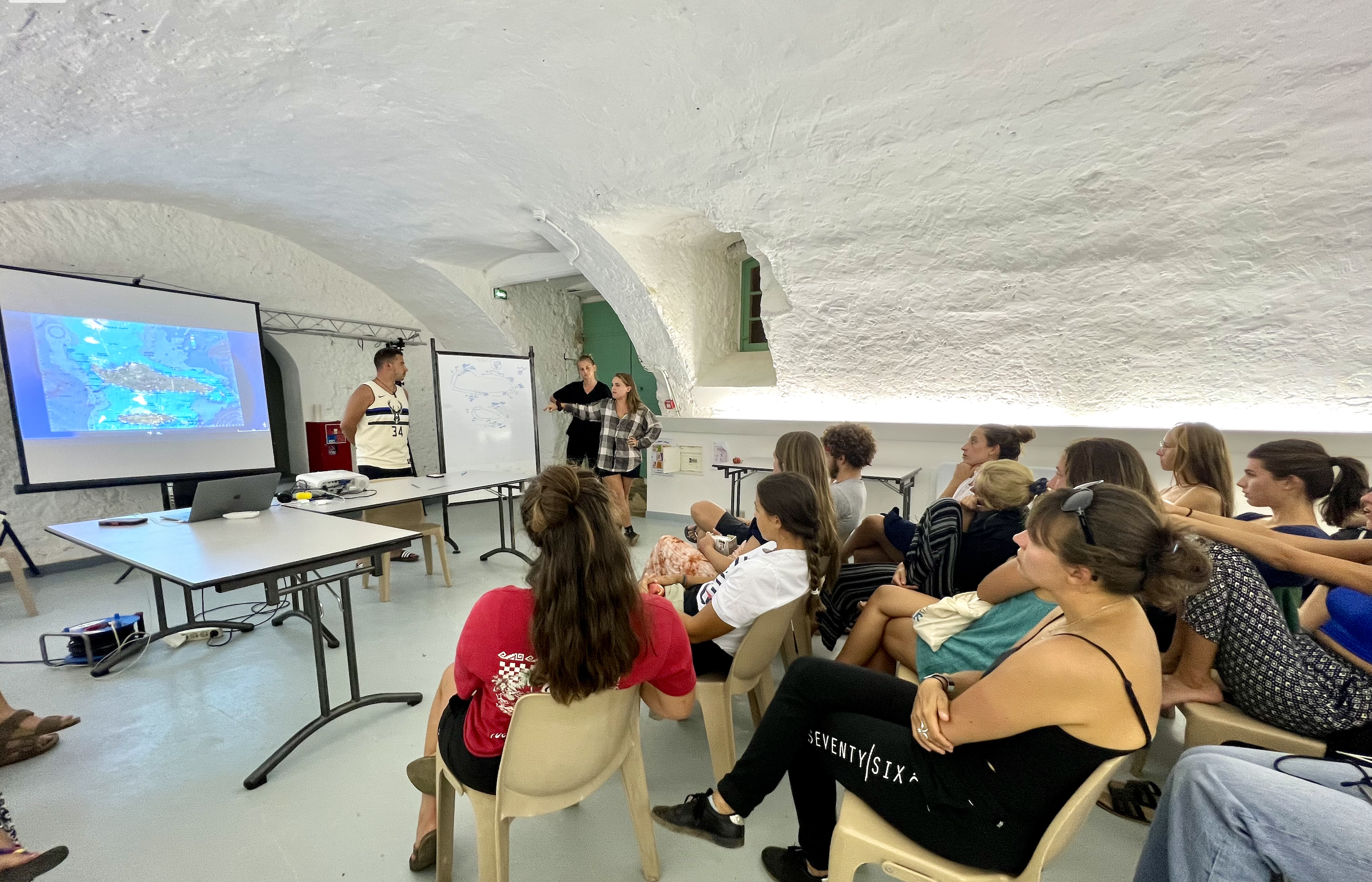
Briefing meeting when Y2 students explain the missions to their fellow Y1s
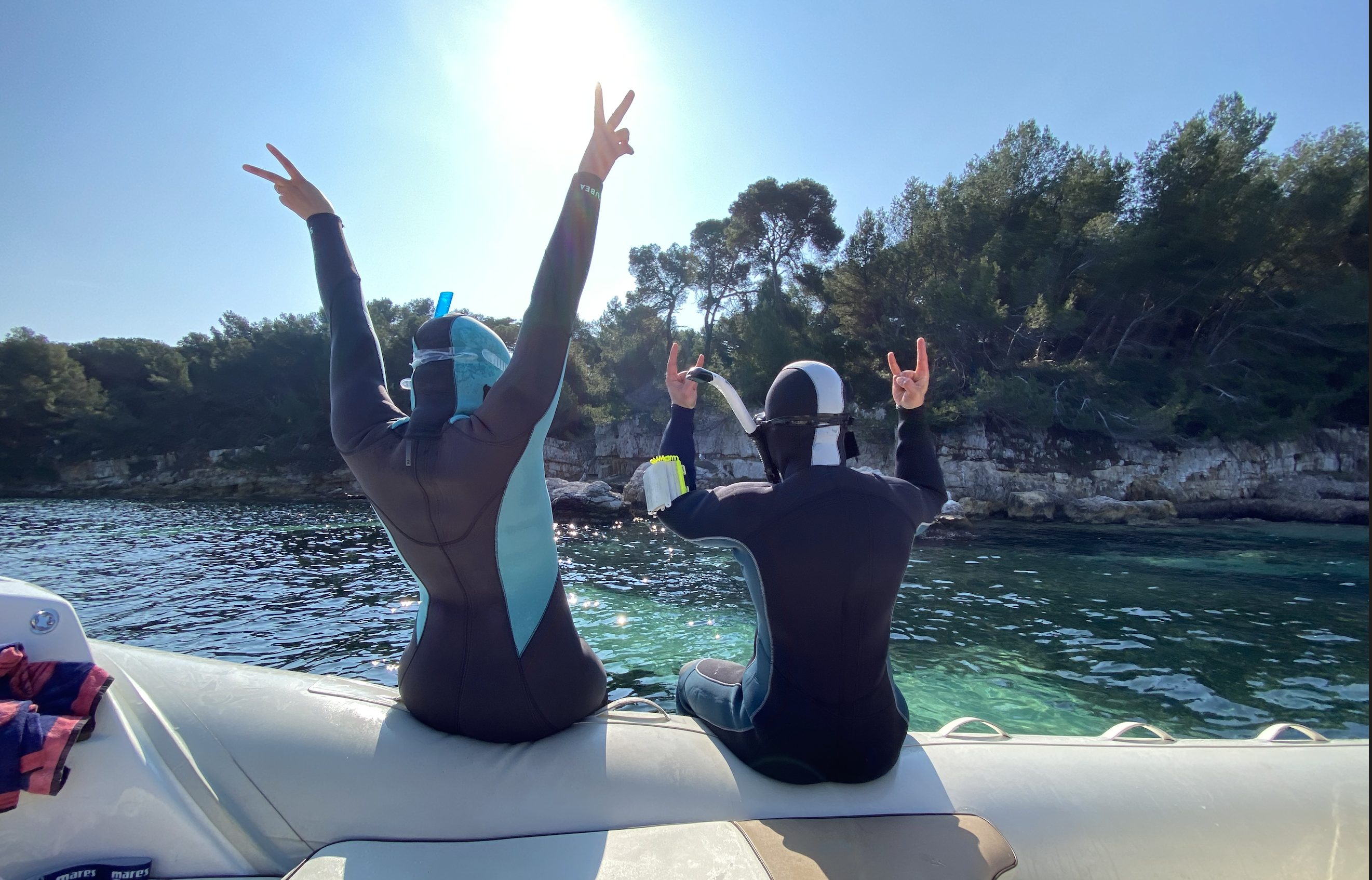
A new method is being tested to empower people through citizen science
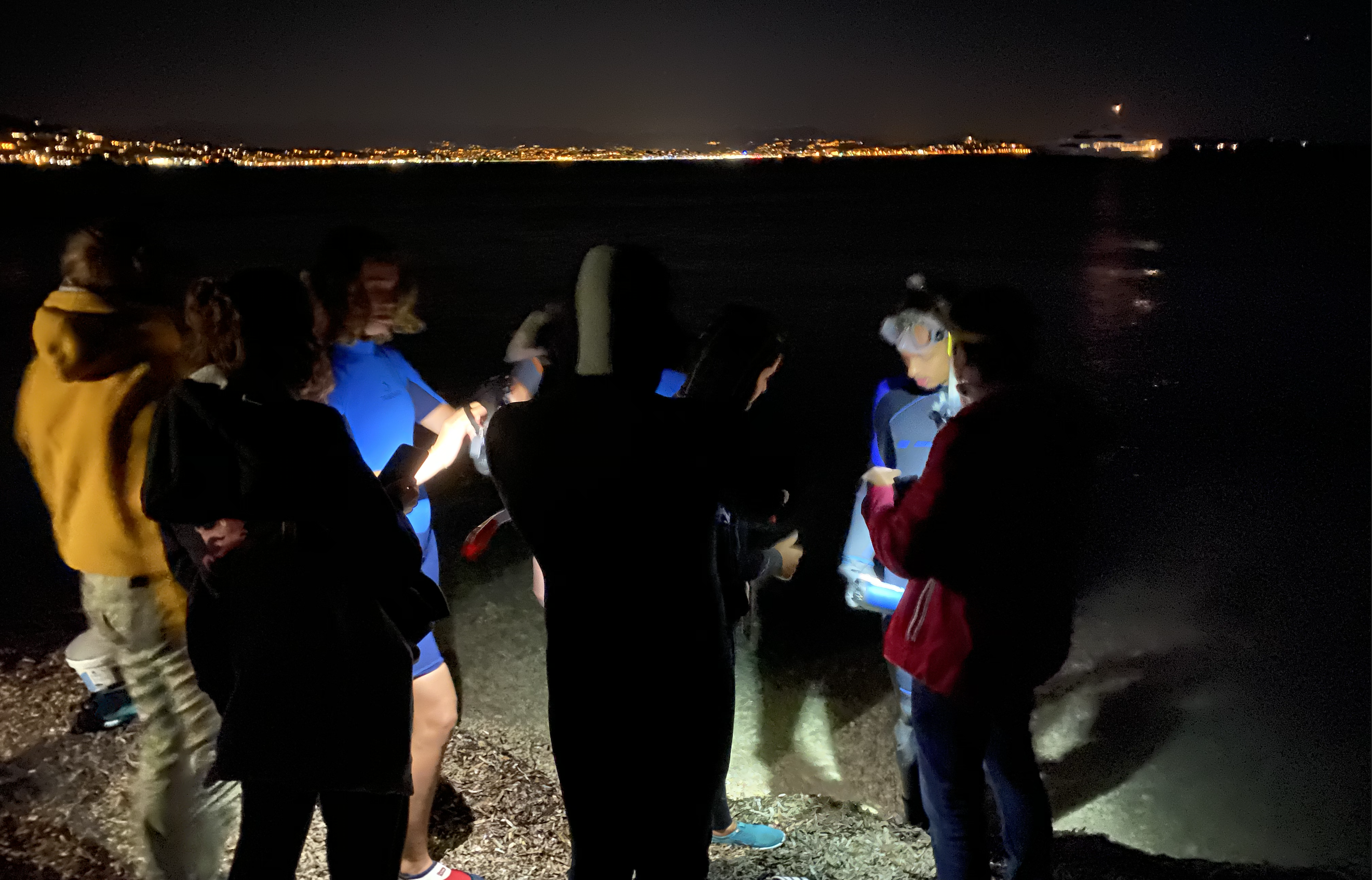
Sampling at night to compare day/night fish assemblage and behavior
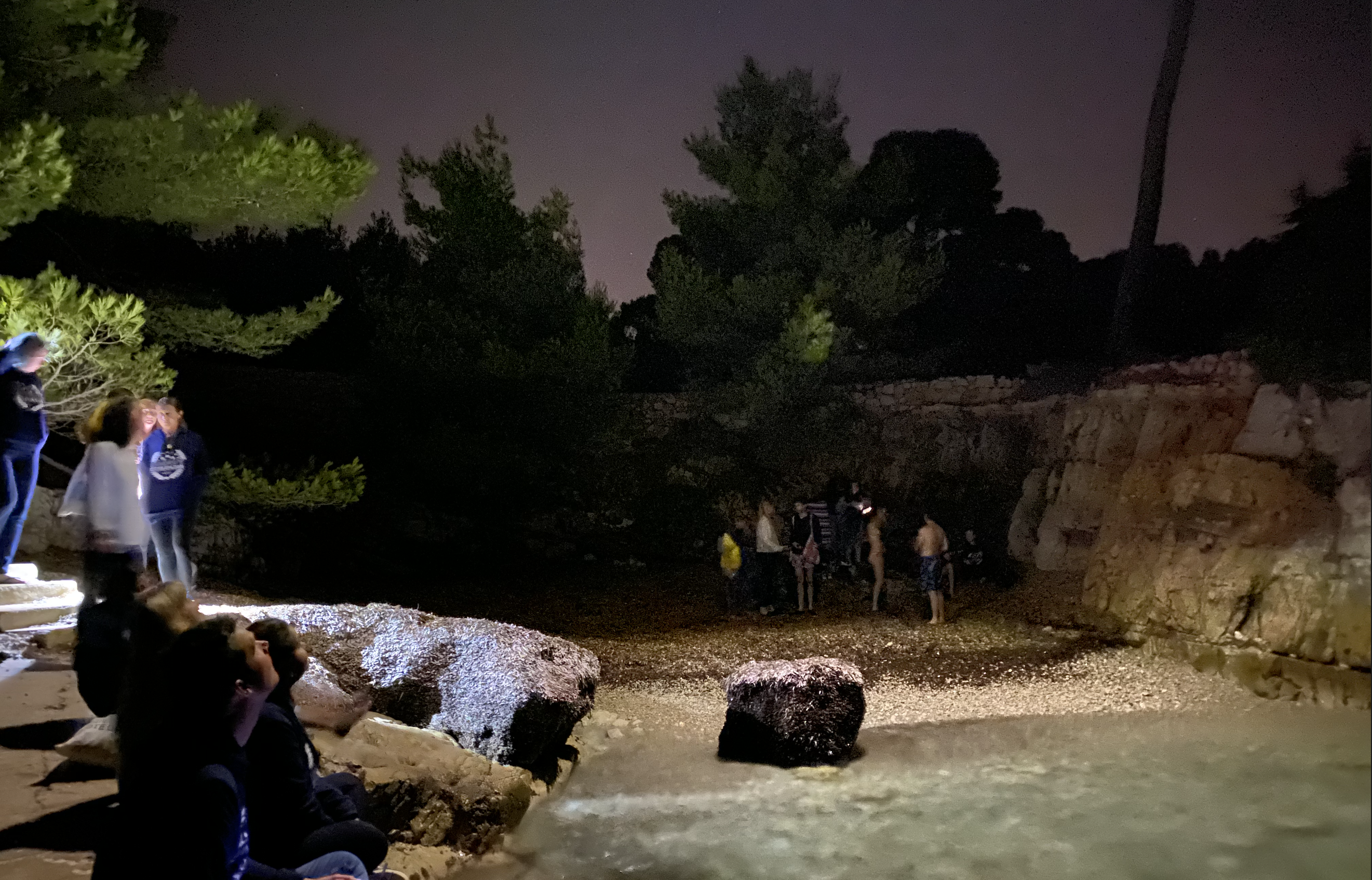
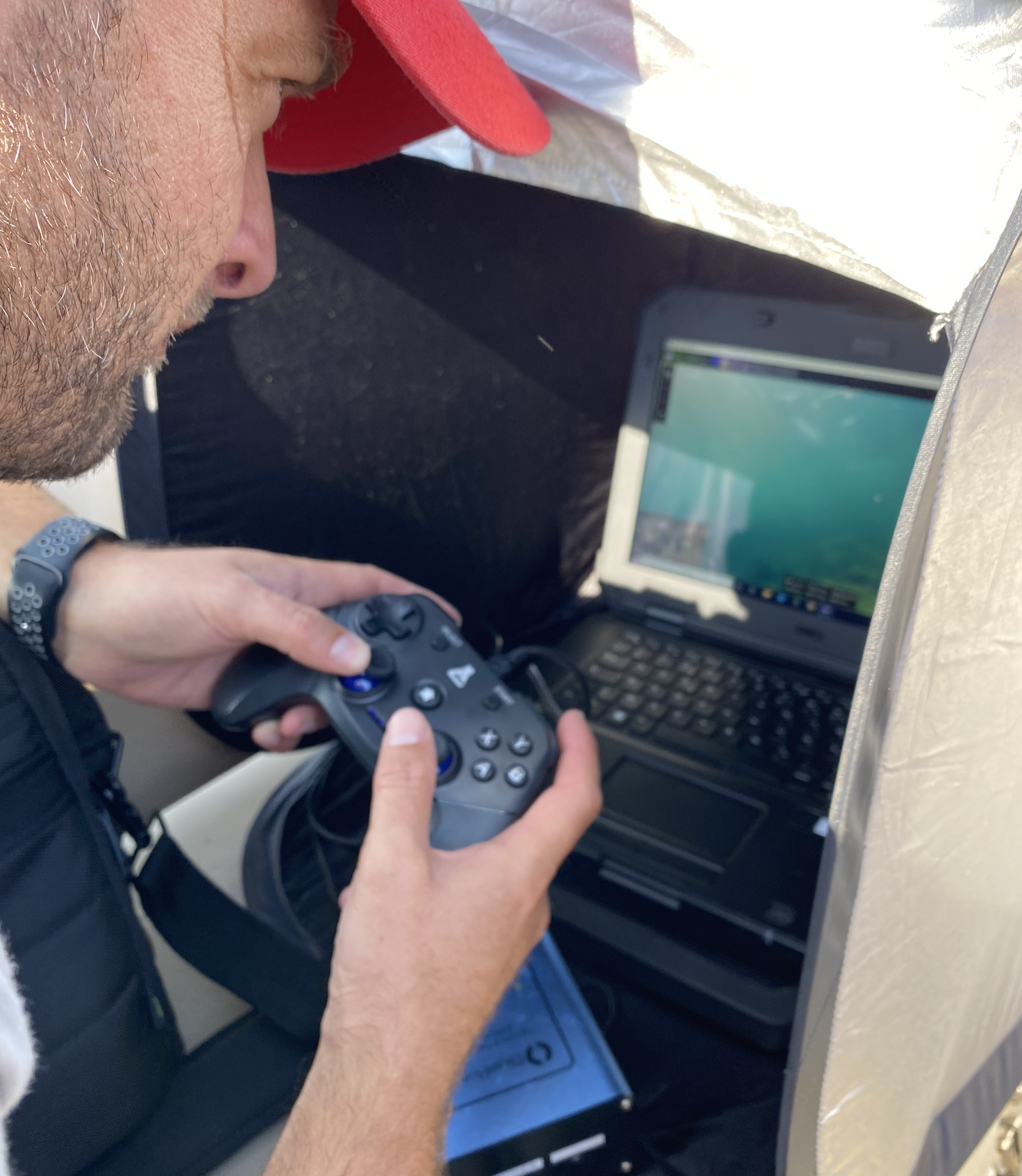
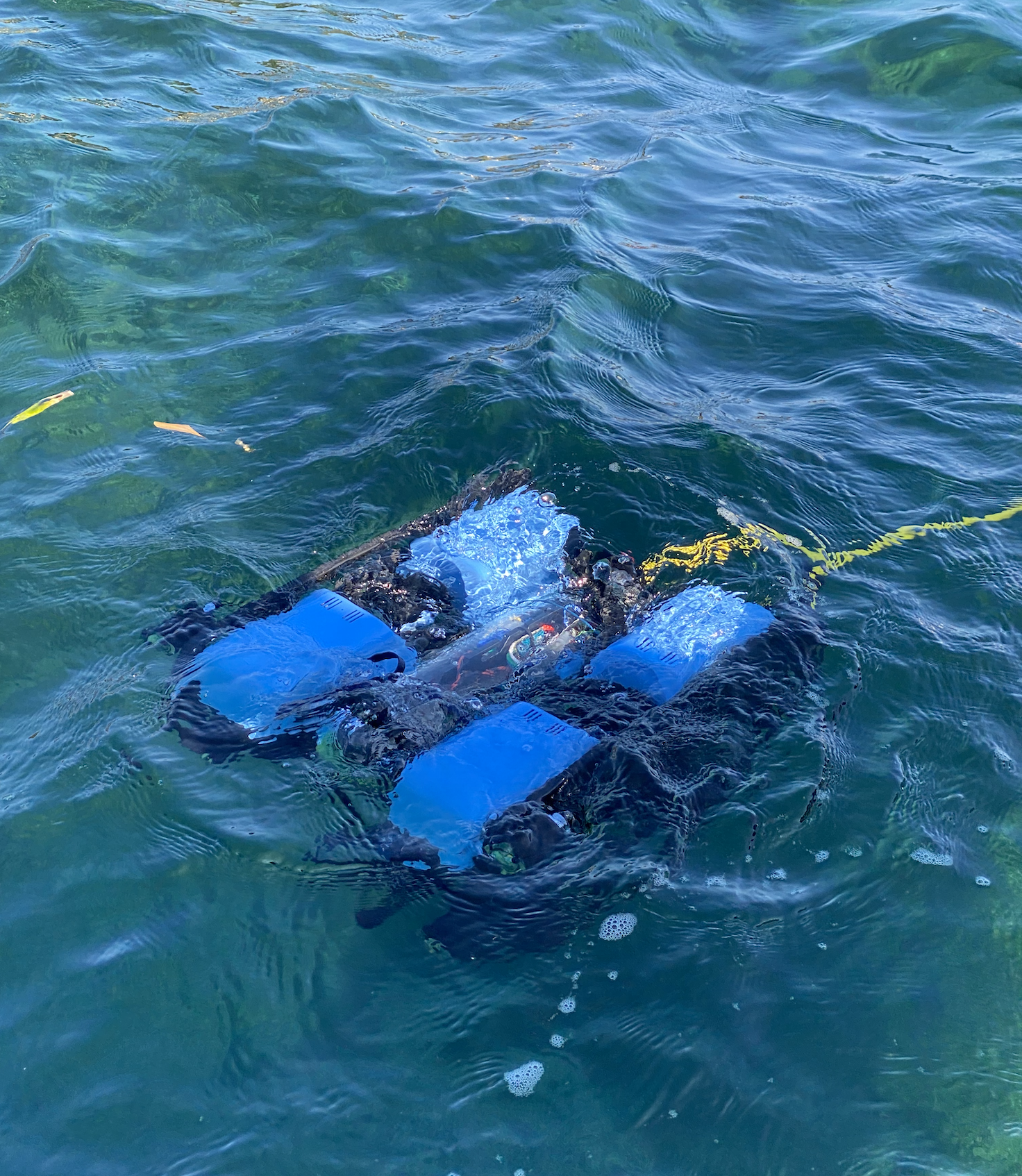
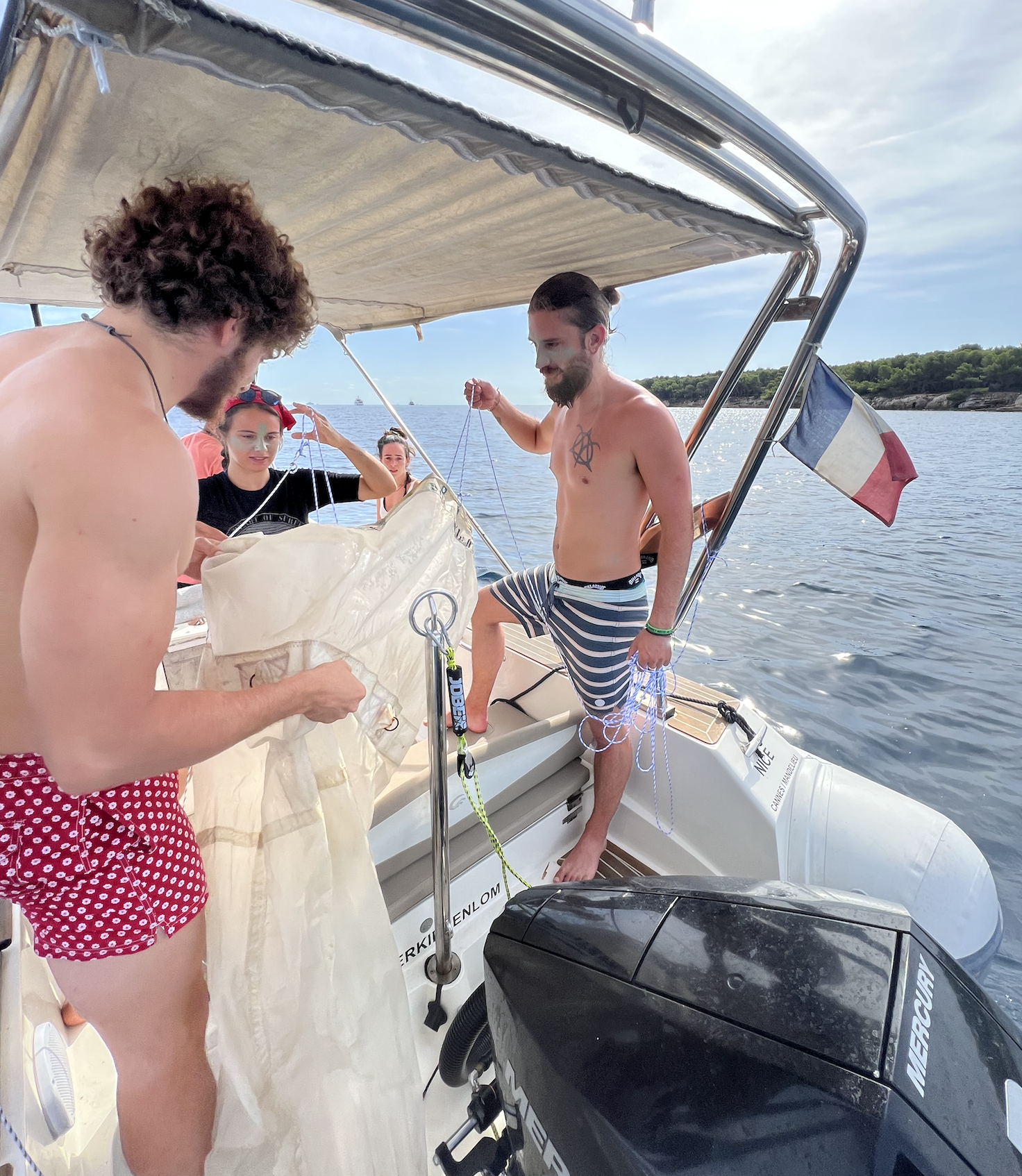
Adaptation of the plankton net for an ecotoxicology assay
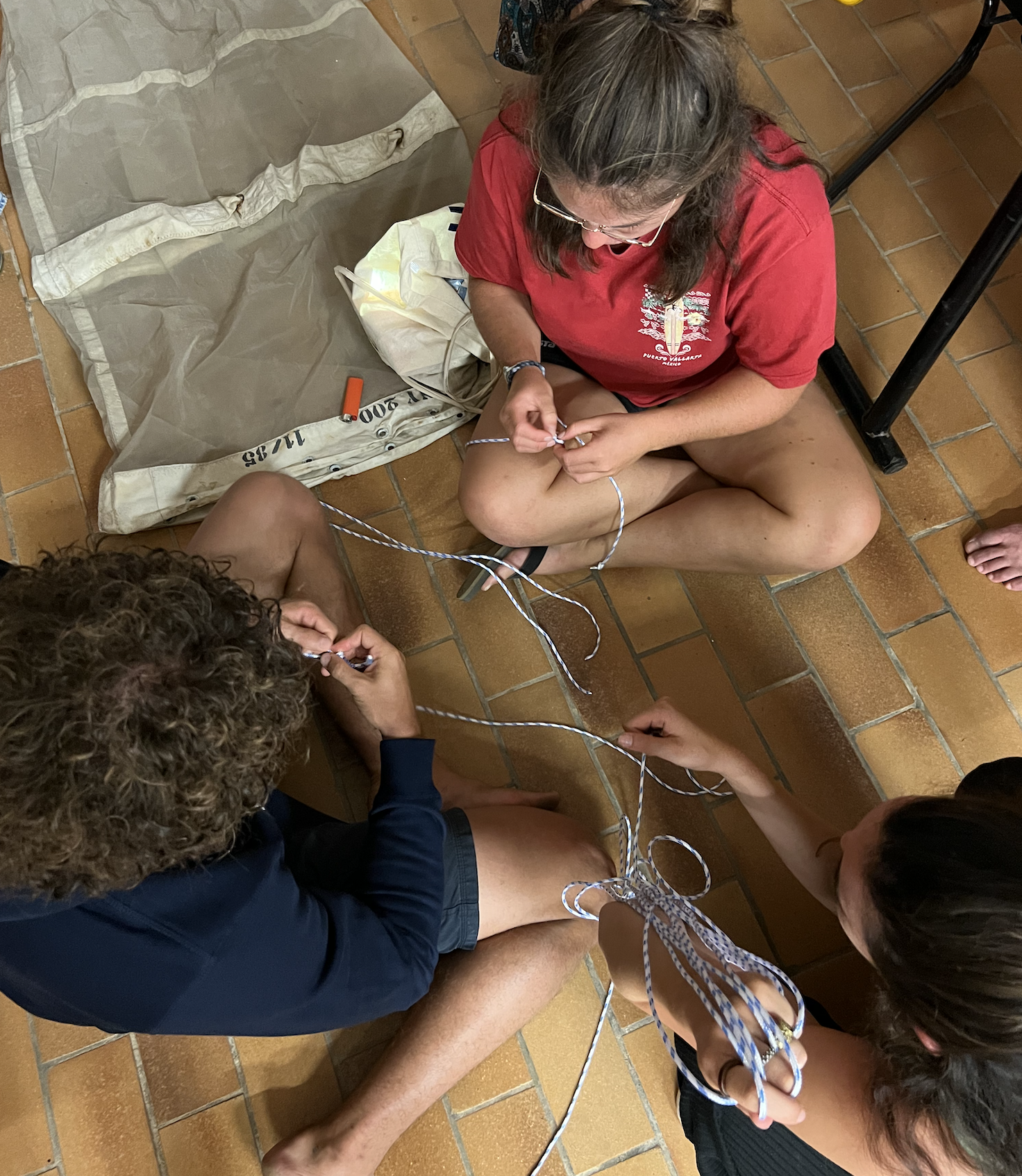
An integral part of the MARRES learning strategy
The scientific approach module is the pilot course. The second year students prepare for the Y1s sampling designs for leg 2. After the field trip, the Y1 students use their data to learn about the theory discovered in class. They choose a subject of study which they will carry out in groups for at least one semester. The quantitative and computer tools are all illustrated with data generated at sea by the students: statistics, multivariate analysis, R, GIS...
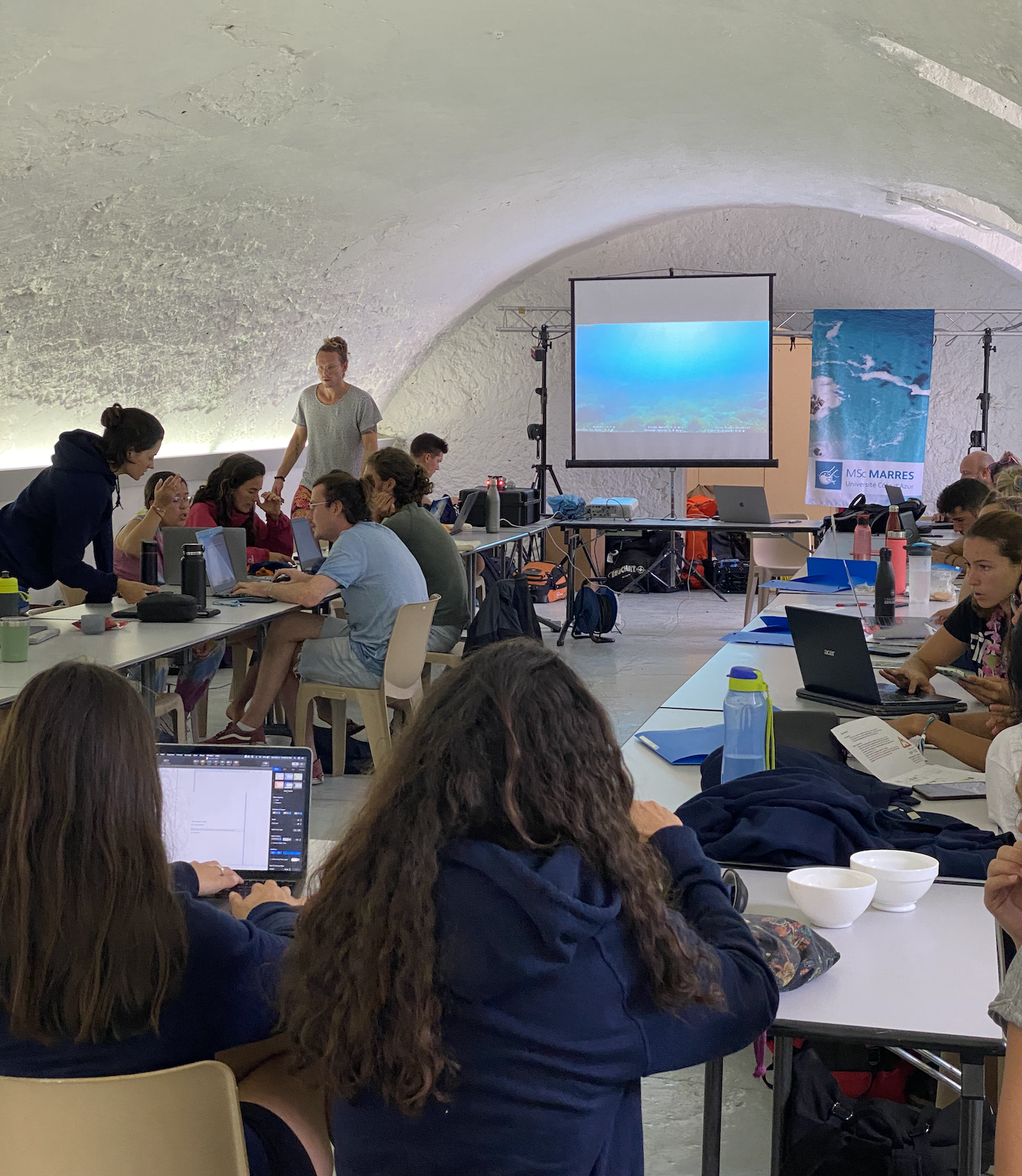
Last day at Lerins, securing data on database and first look at the results
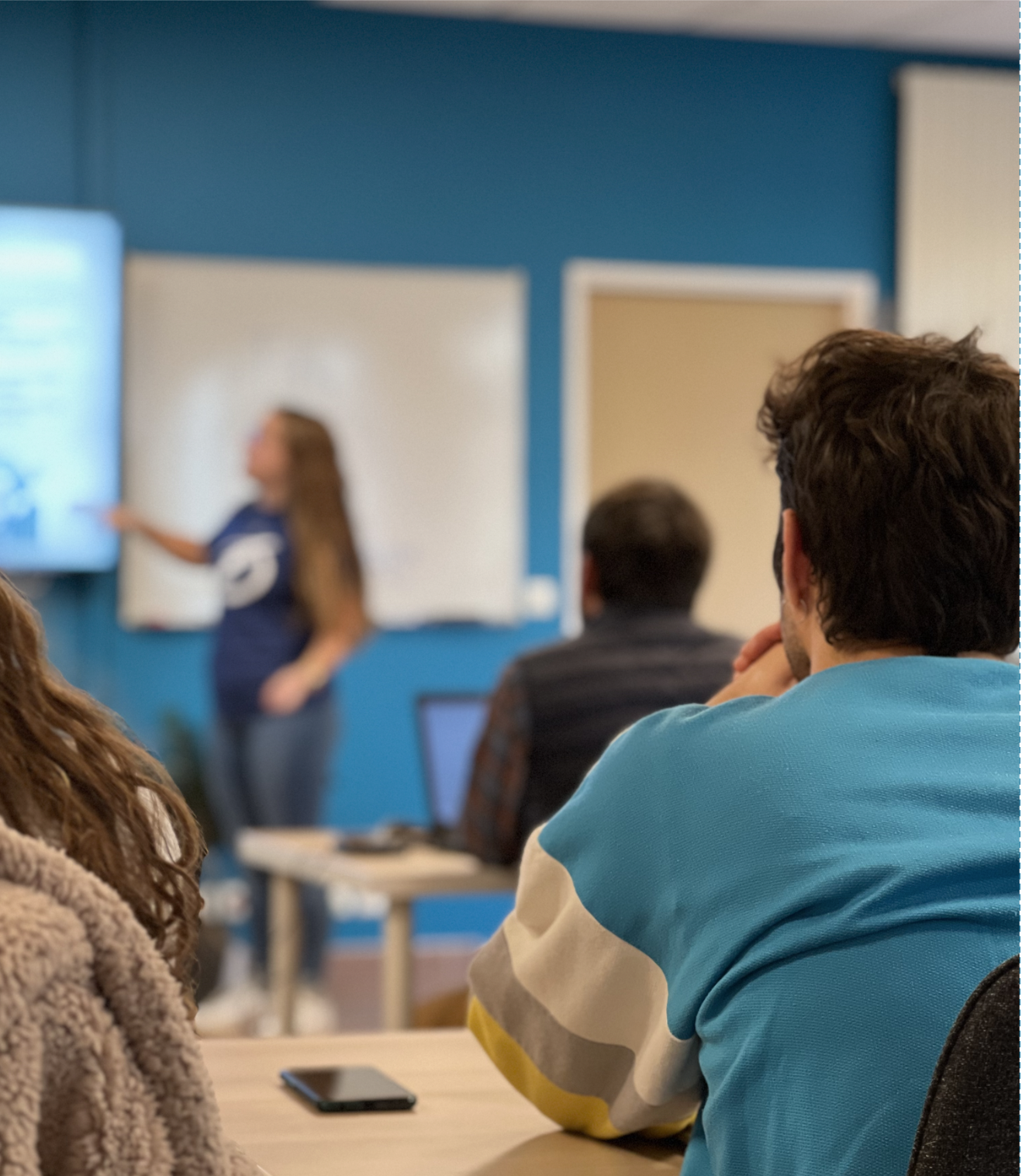
Last day of the semester, presentations of the student projects as part of the module on the "Scientific Adventure" (SCAN)
video from R. Weston
Dive in the Lérins Biodiversité project
